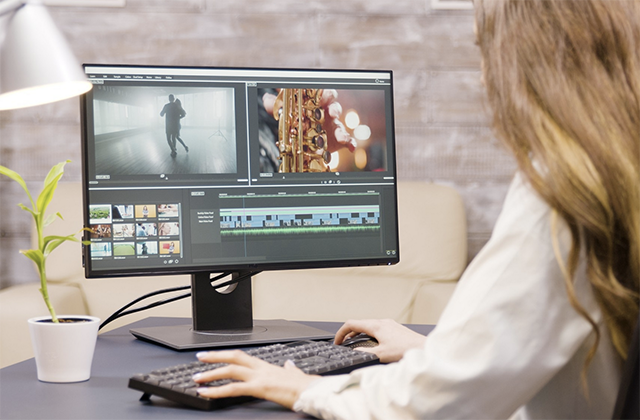Introduction
Are you interested in learning how to become a storyboard artist? Do you have an idea for a movie or show but don’t know where to start, or are stuck trying to explain your vision to other people and coming up short? Well, this guide will give you all the tips and tricks that I’ve learned over my career working on some of the biggest projects in Hollywood. You’ll learn everything from understanding what makes a good storyboard artist, how to draw stick figures (yes!) and creating an entire film’s worth of ideas with just one sheet of paper. By the time we’re done here, I think we’ll both be ready for our first job interview at Pixar! Concept boards are big help in Hollywood filmmakers because this technology makes their life easier.
What is a storyboard?
A storyboard is a visual representation of a movie or TV show. Storyboards are usually created by people who work on films in the production phase, and they’re used to plan out every shot in a film.
A storyboard is usually made up of small drawings that show how each shot should look like from one to another. The drawings on each page are meant to be viewed sequentially (like flipping through frames), so that’s why they’re normally arranged in order from top to bottom, left to right.
The purpose of having these kinds of boards is so writers, directors and producers can see what their finished product will look like before it’s filmed!
How to draw stick figures
To get started, you’ll need to learn how to draw stick figures. It might seem intimidating at first, but stick figures are actually quite easy and they can be used in many different ways.
For example:
- Stick figures are a great way to start drawing if you have no experience or artistic ability whatsoever. This is because they don’t require any skill that’s particularly hard for beginners to learn (such as perspective).
- You can practice storytelling using stick figures by telling your own stories or by illustrating existing stories from popular books or movies (like the Harry Potter series). The story of Harry Potter would make a good subject for this because there are many characters with whom readers will already be familiar from previous installments in the series. Also keep in mind that since most people know about Harry Potter already—and therefore already have some knowledge about what goes on—you’ll need less detail than someone who is telling an original tale without any prior knowledge attached (like a child’s drawing might include).
Your storyboard doesn’t have to be perfect.
The storyboard is not meant to be a work of art or even a finished work. It’s a rough draft, so don’t get caught up in making sure the lines are perfect. Make sure the points you want to convey are clear and understandable, but don’t worry about if your drawings look exactly like what they will when they’re done—you’ll have plenty of time later on for that!
Using your sketches to create a bigger picture
You can use your sketches to create a bigger picture. Let’s say you are working on a storyboard for an animated film, and you need to draw the scene where the character has been kidnapped by aliens and taken into space.
Here is how you would do it:
- Draw rough sketches of each panel in your storyboard using pen and paper.
- Choose one of them (for example, the first one) and expand it by adding more detailed drawing elements, such as background elements or props. Make sure to pay attention to light sources, shadows created by different objects etc., as these details will give your artwork an extra dimension of realism! You can also use digital tools like Photoshop or Illustrator if it suits you better than traditional media such as pencils or pens etc…
Storyboarding terms you should know
- Storyboard
- Storyboard Artist
- Storyboard Sequence
- Board Frame and Panel: A frame is a single drawing on the storyboard, and a panel is the space between two frames. Usually the number of panels per page varies from 2 to 8 but there are no strict rules for this.
- Sketch: It’s basically a rough version of your final animation, which you can use as a guideline for future iterations.
There are many different ways you can become a storyboard artist.
There are many different ways you can become a storyboard artist. You can get a degree in animation. You could learn from books or online tutorials. You could learn from YouTube, other artists, and your own experience and mistakes.
Conclusion
Storyboarding is a great way to build up your portfolio and get paid for your drawings. It’s an easy skill to learn and even easier to apply when you understand the basics of storyboarding. You don’t even need any experience as long as you follow these simple steps! Inquire here on how to apply for a storyboarding job.
